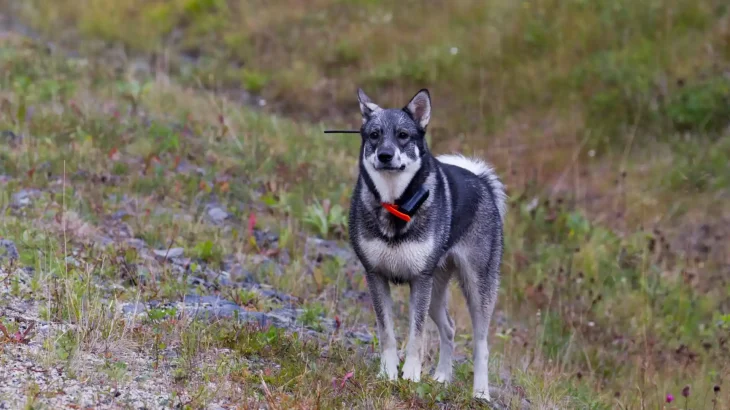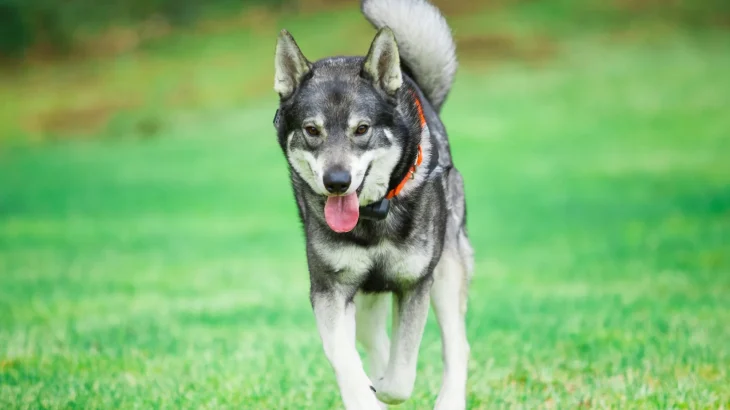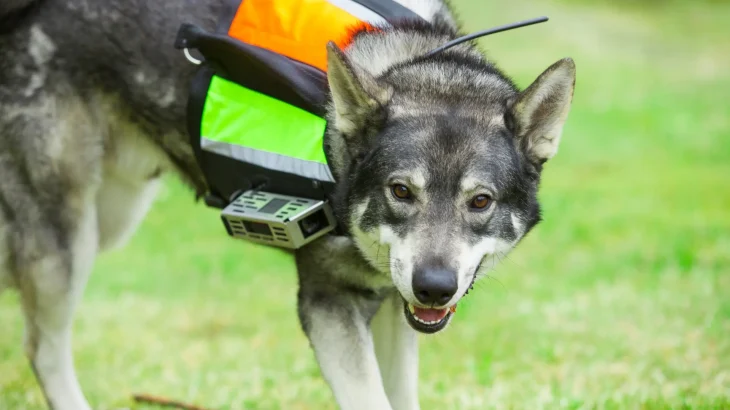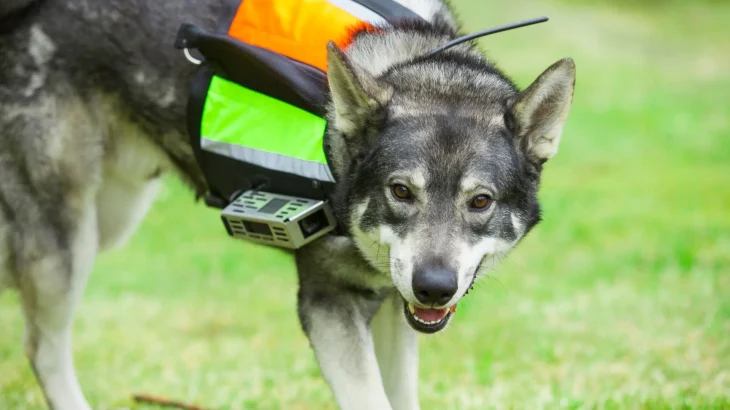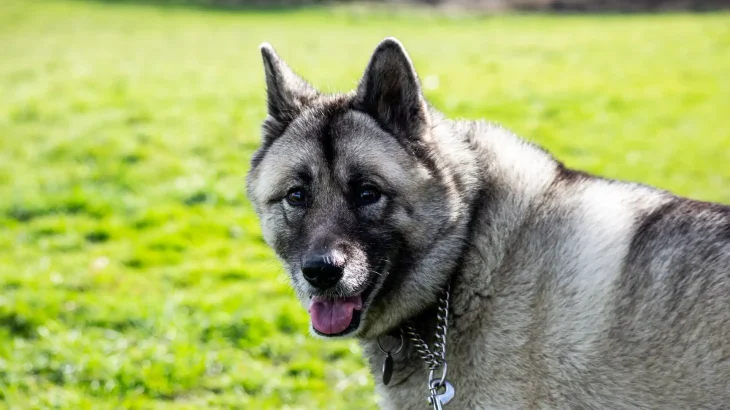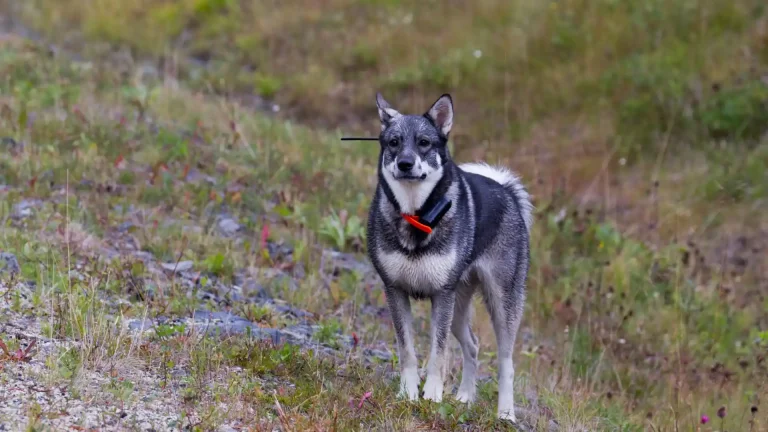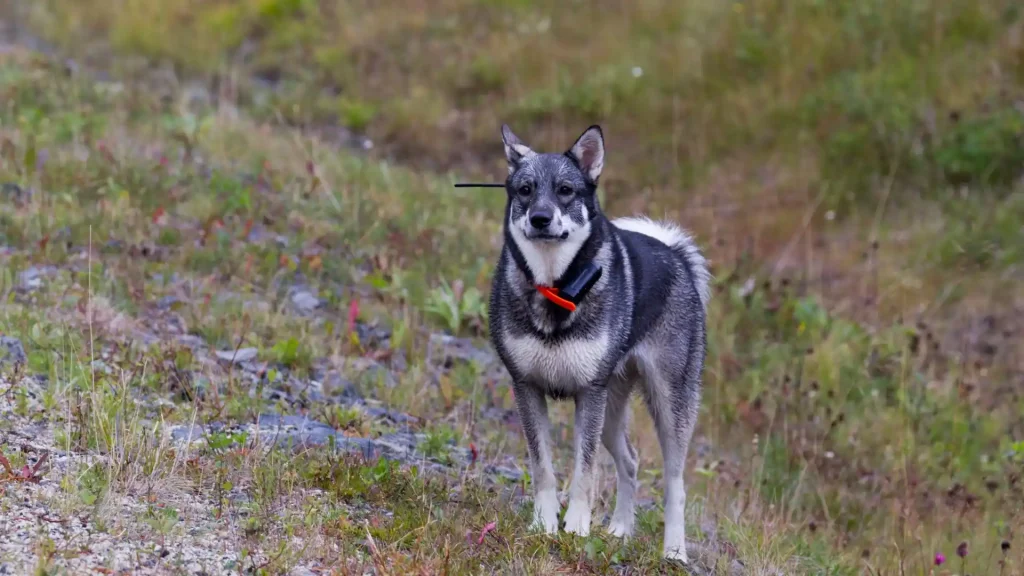When insuring a Jamthund, a strong Nordic breed known for hunting and activity, pet insurance helps protect against unexpected health costs. This breed may face injuries or hereditary conditions needing care. Insurance can ease costs for health issues, surgeries, and liability. Coverage varies, so it's important to understand what's included and out-of-pocket expenses. Jamthund owners gain peace of mind for emergencies, like poisoning or injuries during hunting. Though premiums add cost, they often save money given this breed's active lifestyle and health needs.
Health and Surgery Coverage
Pet insurance usually covers veterinary fees for illness and injury, including necessary surgeries. It helps with exams, tests, medications, and surgery expenses. Policies have limits and often exclude pre-existing conditions. Owners pay deductibles and co-pays, balancing costs. This offers financial predictability during serious health events, though ongoing coverage may not suit minor issues.
Liability Coverage
Liability insurance protects owners if their Jamthund causes harm to people or property. Due to the breed's size and strength, this coverage is important if the dog injures someone or damages things. It typically covers legal costs and damages. Liability coverage can be separate and increase premiums, but offers peace of mind.
Alternatives and Limitations
Some owners save money or use credit for emergencies instead of insurance. This can work if disciplined but might not cover big expenses like surgery. Many policies exclude routine care such as vaccinations and dental cleanings, so owners pay these separately. Jamthund owners should balance insurance costs with uncovered expenses for good pet care.
Advantages and Disadvantages
Pet insurance offers security and financial help for expensive veterinary care, enabling access to advanced treatments for an active breed like the Jamthund. On the downside, premiums are continuous, and some conditions may be excluded, leading to surprise bills. Choosing insurance means weighing health risks against costs and risk tolerance.
Imagine a Jamthund eating toxic mushrooms on a walk. Without insurance, emergency care could be costly, causing stress or hard choices. With insurance, owners focus on recovery without worrying about bills. This shows how insurance can be vital for both Jamthund and owner wellbeing.

